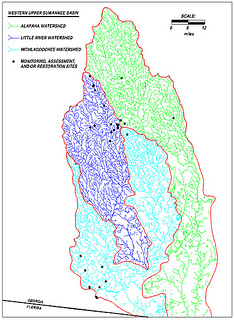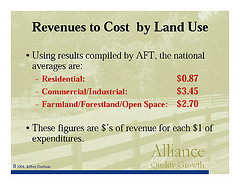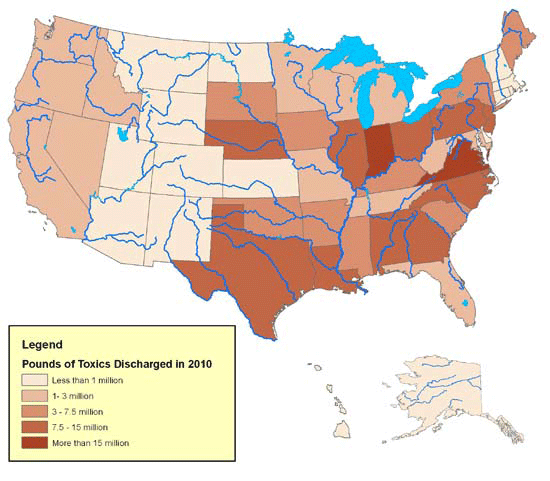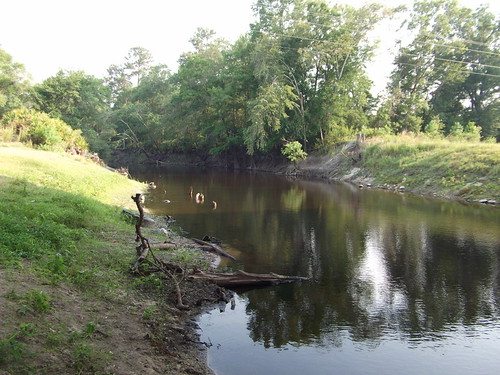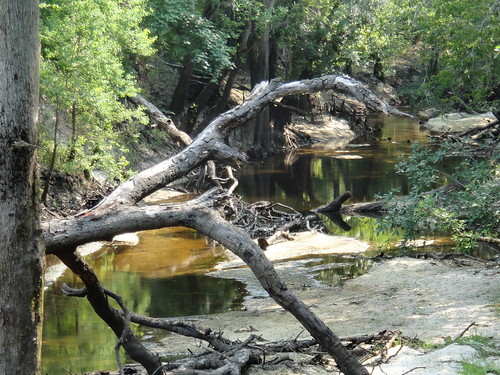Apparently the Lowndes County Commission has noticed the
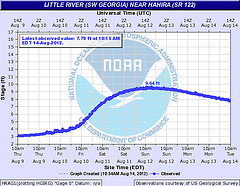 new provisions of the Georgia Open Records and Open Meetings laws
that
VLCIA’s lawyer explained to the Industrial Authority back in May,
seeing these two items on the agenda for Monday morning and Tuesday evening:
new provisions of the Georgia Open Records and Open Meetings laws
that
VLCIA’s lawyer explained to the Industrial Authority back in May,
seeing these two items on the agenda for Monday morning and Tuesday evening:
5.a. Adopt Resolution Appointing an Open Records Officer
5.b. Resolution Regarding Review & Approval of Minutes of Executive Sessions
Plus infrastructure for two subdivsisions, one of them the famous Glen Laurel, several well/septic rezonings, approval of USGS Funding Agreement for HWY 122 Stream Gauge (one of the four that let us know about river flooding in Lowndes County less than a month ago), a beer license, and approval of the changes to the ULDC that were discussed in the recent Planning Commission meeting, in the public hearing the public didn’t know about. And more.
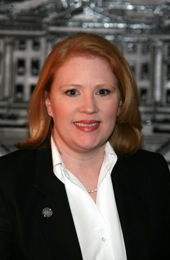 Here’s
the agenda.
Here’s
the agenda.
LOWNDES COUNTY BOARD OF COMMISSIONERSContinue reading
PROPOSED AGENDA
WORK SESSION, MONDAY, SEPTEMBER 10, 2012, 8:30 a.m.
REGULAR SESSION, TUESDAY, SEPTEMBER 11, 2012, 5:30 p.m.
327 N. Ashley Street – 2nd Floor

